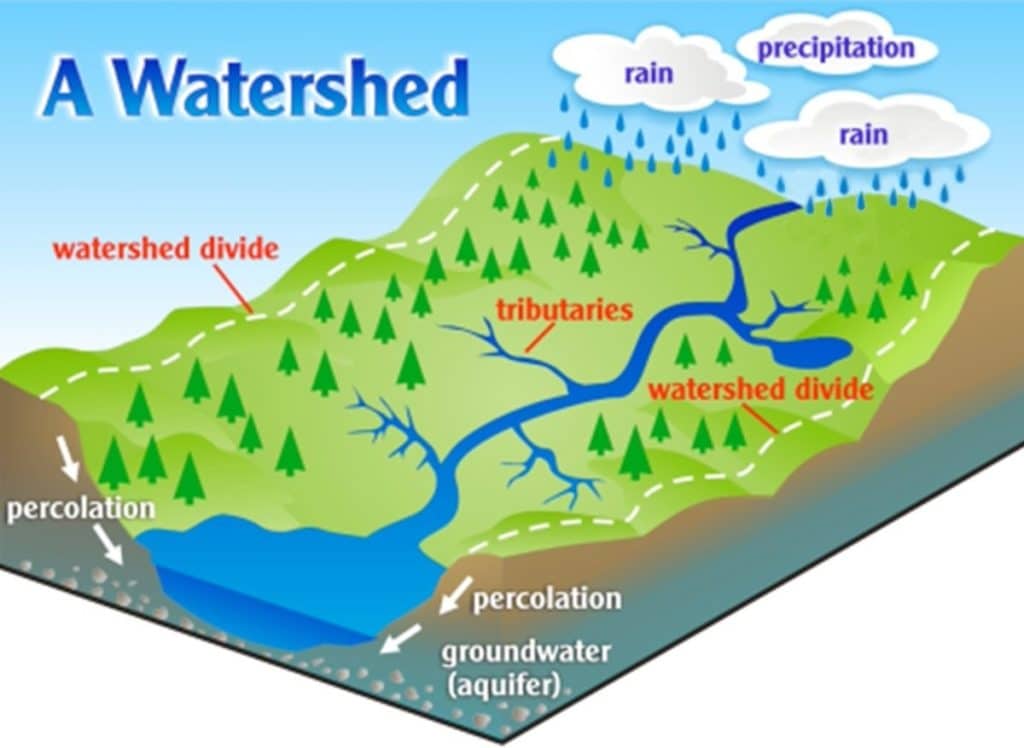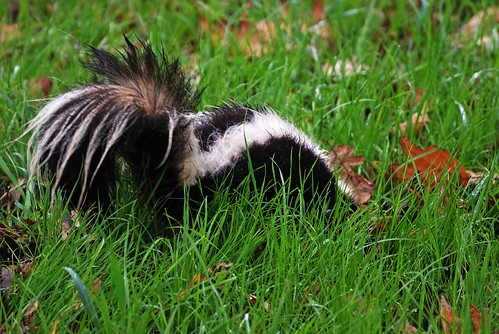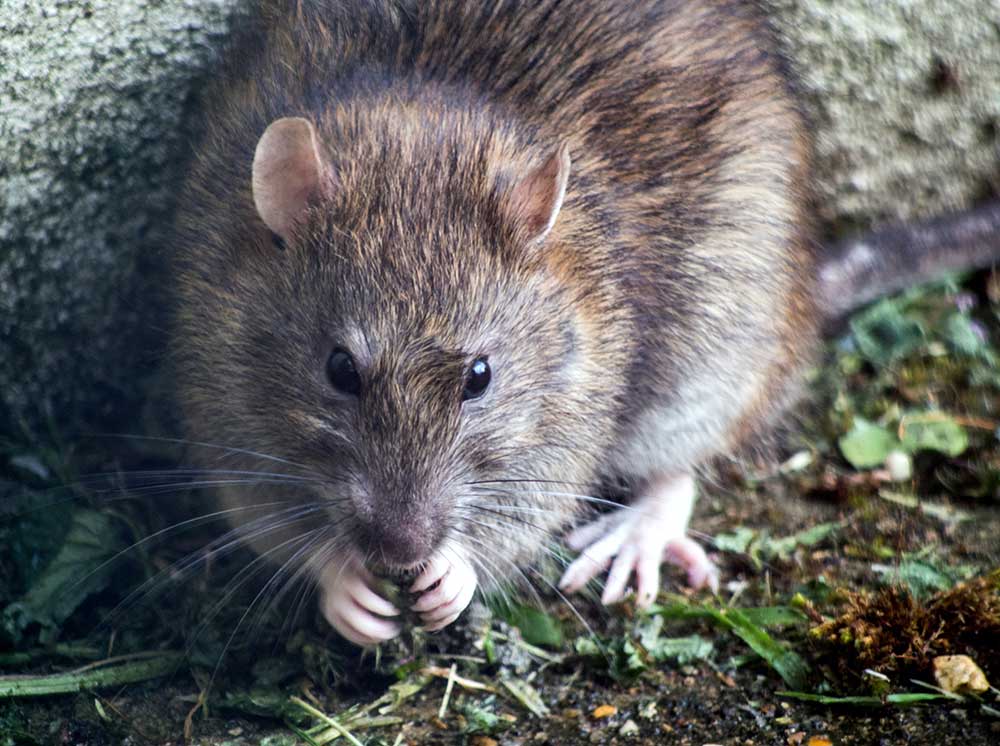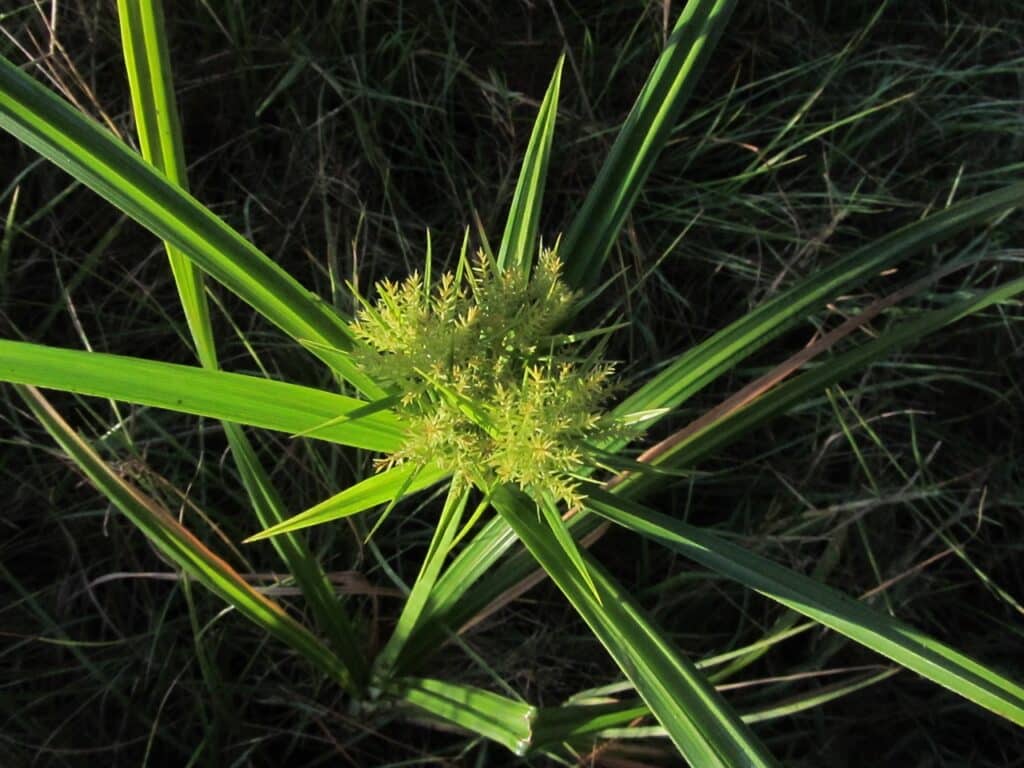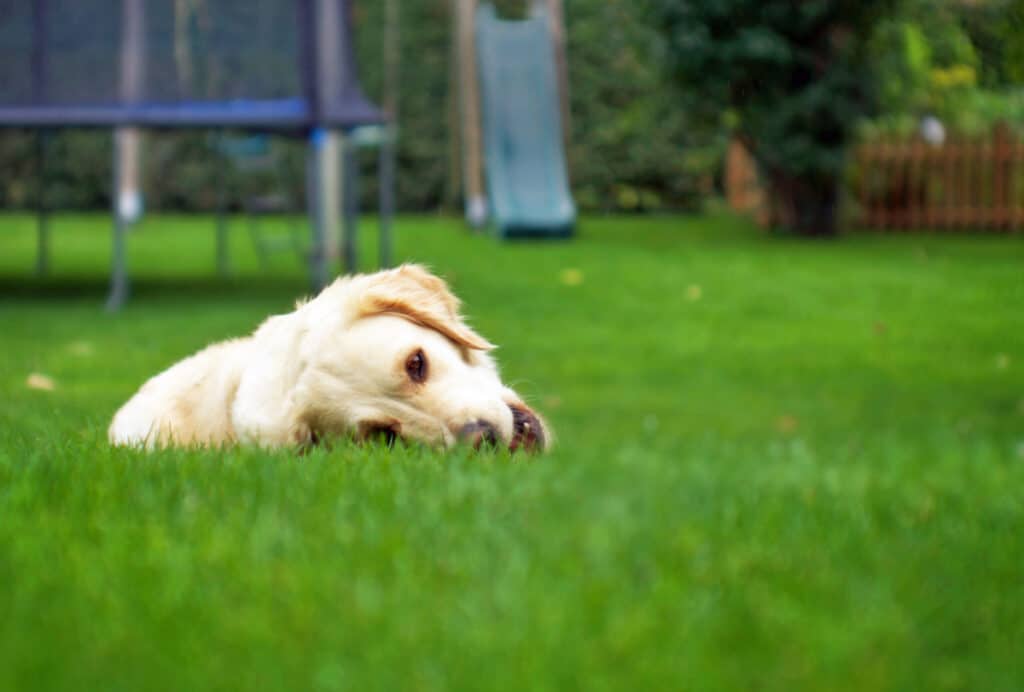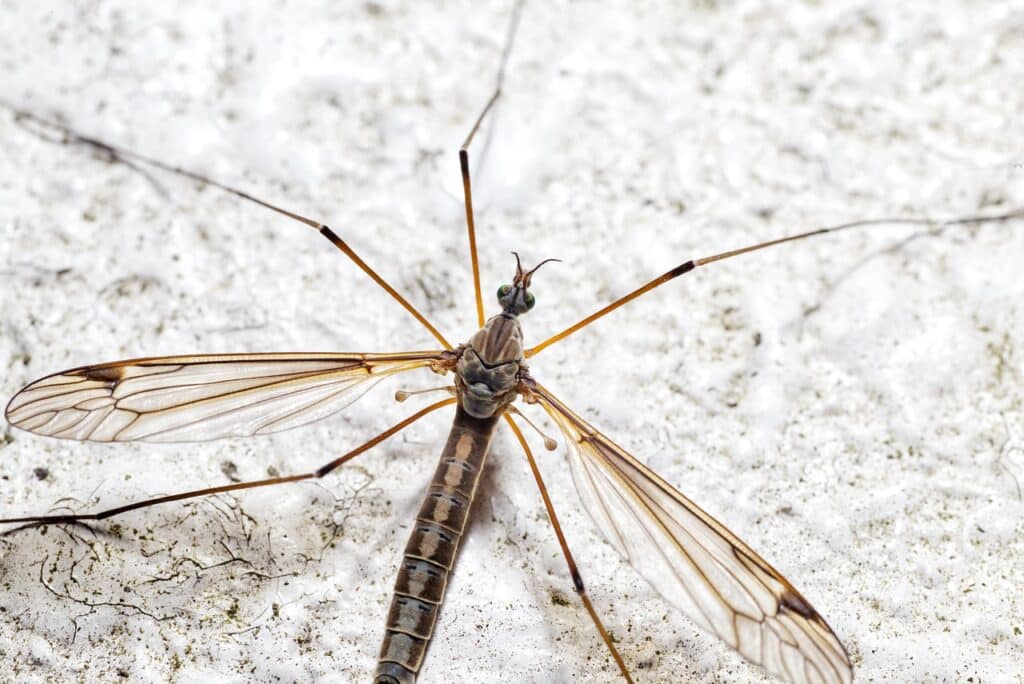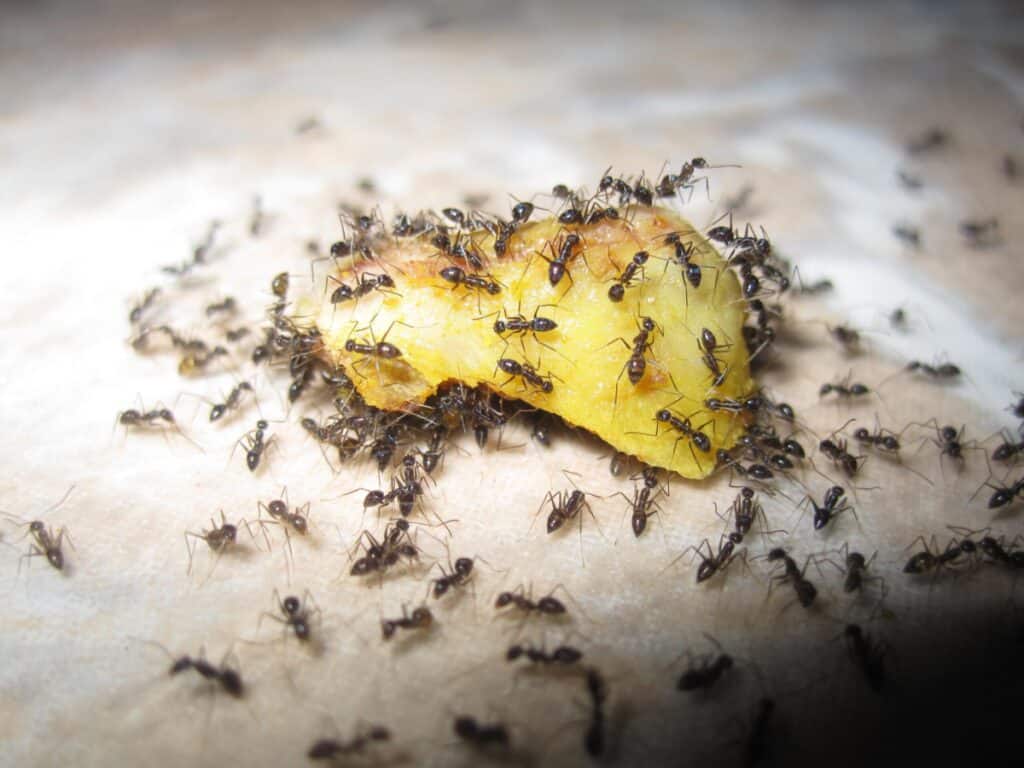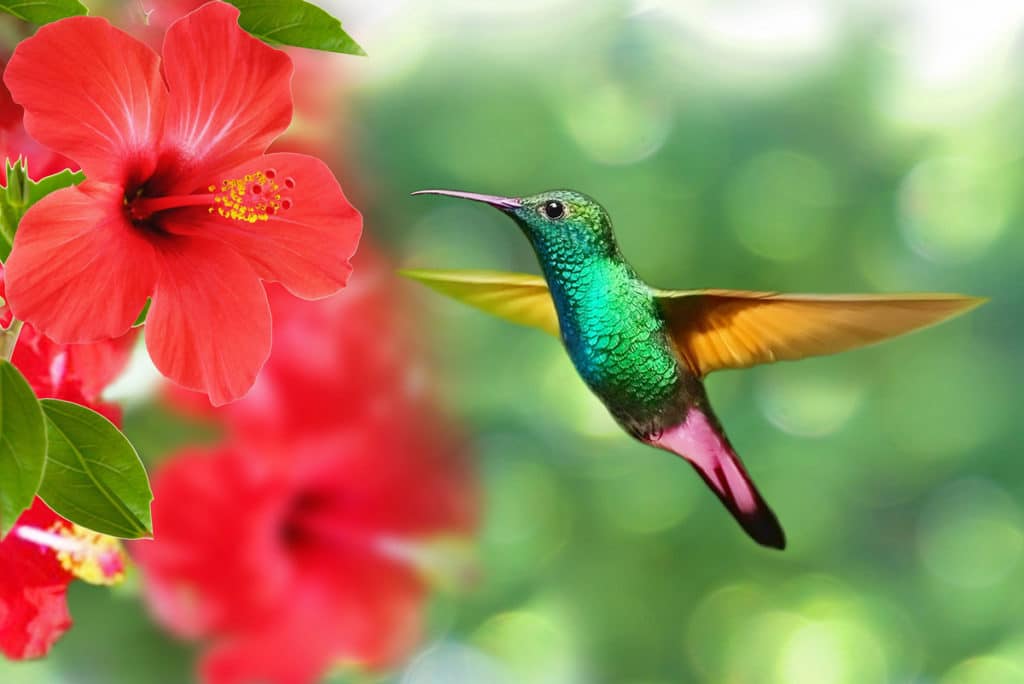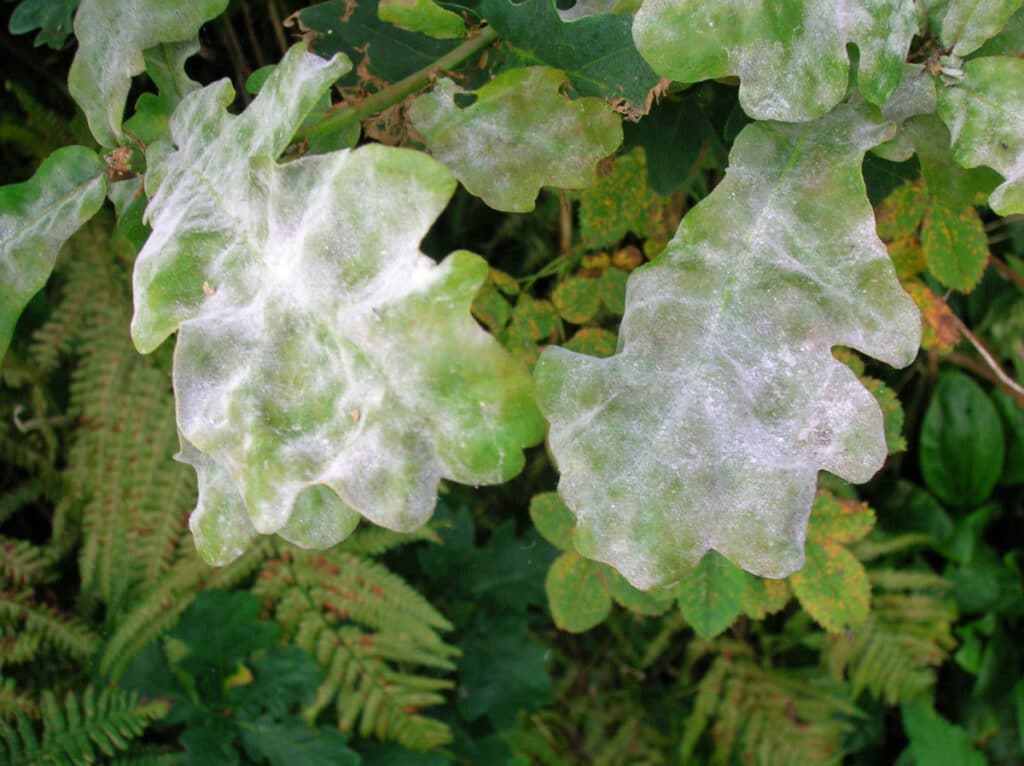How You can Impact our Watershed
Marin’s watersheds include more than 3,000 miles of creeks. Some of these water ways flow into our lakes for storage, while others feed into San Francisco Bay and on to the ocean. The Mt. Tamalpais Watershed is one of county’s most valuable natural resources and the source of domestic water for the majority of residents. […]
How You can Impact our Watershed Read More »
